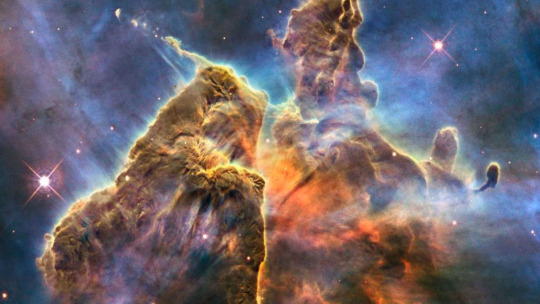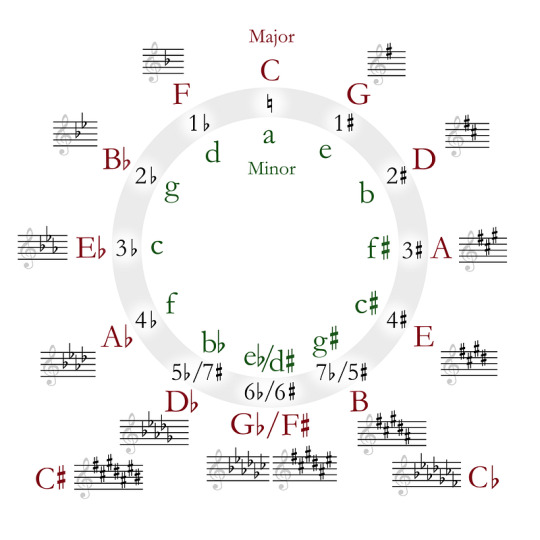PSI student // I like physics and I have a questionable aesthetic I would rather not put a label on. Enjoy your stay!
Don't wanna be here? Send us removal request.
Text

The Little Writer (1913)
— by Charles van den Eycken
7K notes
·
View notes
Photo
gud boy fuzzi boy

Lamb on Bredon Hill, Worcestershire.
25K notes
·
View notes
Text
does anyone know how to find cool science people on this
0 notes
Text
Musica Universalis: The Music Theory Behind the Milky Way
An article by Jezreel Dequina acknowledges the beauty of our solar system and the frequencies it contributes to a harmonic orbit.

“Music is a moral law. It gives a soul to the Universe, wings to the mind, flight to the imagination, a charm to sadness, gaiety and life to everything. It is the essence of order, and leads to all that is good and just and beautiful.”
- Plato
The concept of the universe as a musical composition has made me think for a while. The frequencies that each planet holds effectively resonate outwards, creating an oscillating system of predictable patterned movements. Scholars and philosophers have studied astronomy for centuries for various purposes. (Books, n.d.) The concept of a musical planetary composition, called the “Music of the Spheres” (Musica Universalis), suggests that celestial bodies move according to mathematical equations, which correspond to musical notes, creating a form of harmony that, while inaudible, reflects a deeper order to the physics of our universe. (Cousto, n.d.) Pythagoras, the ancient Greek philosopher, was credited with first proposing that the movements of celestial bodies are governed by harmonious numerical ratios, a reflection of what you’d find in musical scales. (Bank & Scafetta, 2022)

Jupiter’s moons Ganymede, Europa, and Io exhibit a 1:2:4 resonance (for every orbit Ganymede completes, Europa orbits twice, and Io orbits four times.) (Cousto, n.d.)
The Swiss mathematician and musicologist Hans Cousto expanded upon these concepts in 1978 by introducing the “Cosmic Octave.” Cousto demonstrated that natural phenomena, such as planetary orbits, could be translated into audible sounds through the process of frequency doubling or halving, known as octavation. By applying this core principle […] Cousto calculated that Earth’s rotation corresponds to a tone of 194.18 Hz, which aligns with the note G. (Bank & Scafetta, 2022)

For example, the ratio between certain planetary distances mirrors the interval of a major second in music, which has a frequency ratio of 9:8. (Cousto, n.d.)

The philosophical meaning behind these findings resonate with the ancient concept of Musica Universalis. Johannes Kepler, in his work “Harmonices Mundi” (1619), proposed that the planets produce a form of music through their orbital motions, a harmony that, while not audible, reflects a divine order. Kepler’s ideas formulates the separation between the mystical and the scientific, suggesting that the cosmos operates according to principles akin to musical harmony. (Bank & Scafetta, 2022b)
In conclusion, the interplay between celestial mechanics and musical theory offers a profound perspective on the structure of our universe. One that is harmonically beautiful. The harmonic relationships observed in planetary orbits and distances not only provide insights into the dynamics of celestial bodies but also provoke a sense of wonder and awe at the inherent order of true physics and beauty of the cosmos. This article is a reminder for me that the complexities of the universe is vast, and many of our answers lie in the patterns we can detect. The universe will always be the greatest song ever played.
Jezreel Dequina
Jezreel Dequina | Substack
Driven by absurdism shrouded in strategic stupidity
substack.com
Sources:
Bank, M. J., & Scafetta, N. (2022). Scaling, mirror symmetries and musical consonances among the distances of the planets of the solar system. Frontiers in Astronomy and Space Sciences, 8. https://doi.org/10.3389/fspas.2021.758184
Cousto, H. (n.d.). Planetware > Cosmos, Rhythms, Sounds, Colors and the COSMIC OCTAVE. https://www.planetware.de/octave/
Books. (n.d.). BookHampton. https://www.bookhampton.com/book/
#physics#science#article#theory#universe#galaxy#literature#articles#planet#outer space#cosmos#astronomy#space#spiral galaxy#learn#science stuff#scientists#geology#biology#jezreel dequina
0 notes
Photo

Zephyr Dancing with Flora by Giovanni Maria Benzoni (1870)
3K notes
·
View notes










